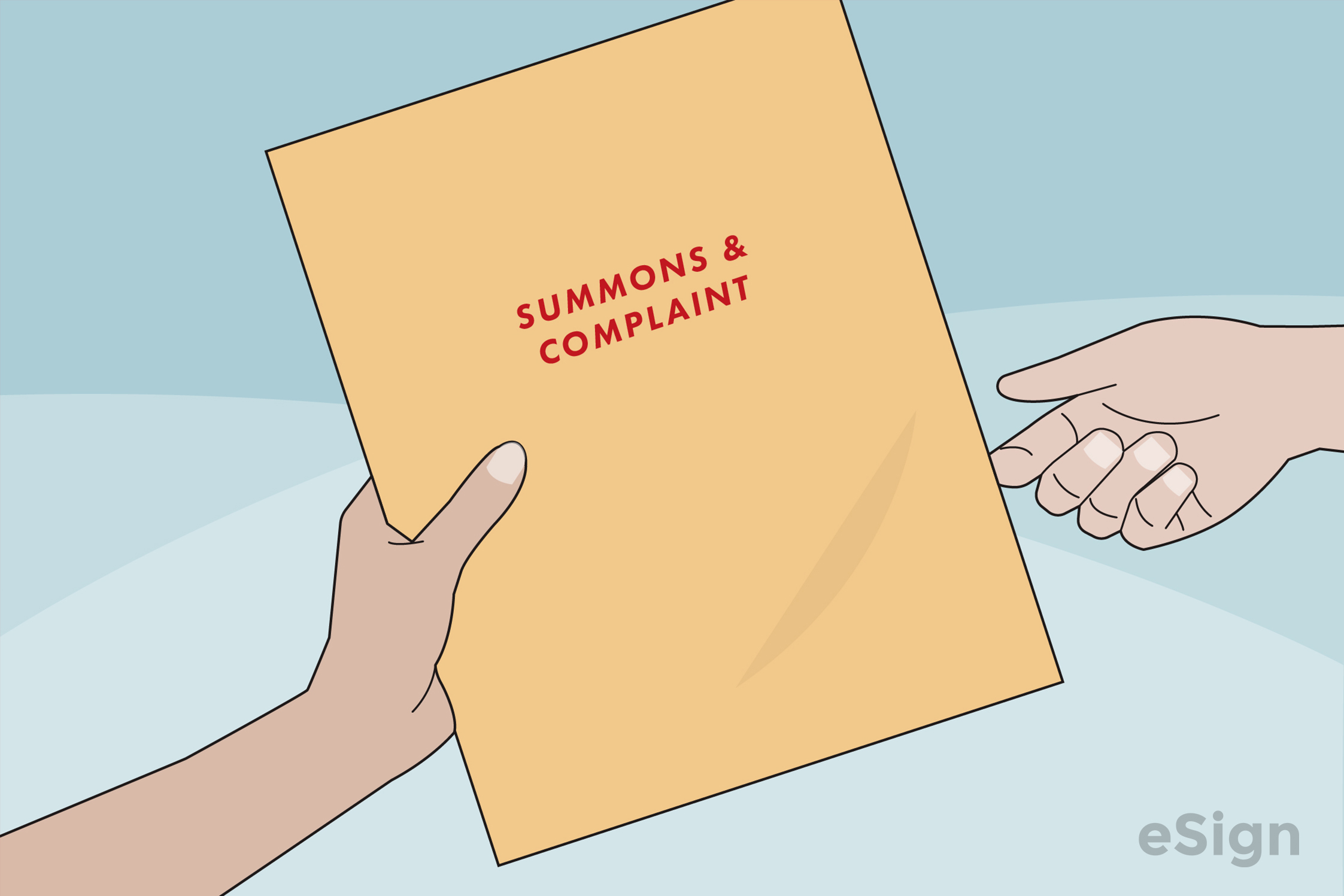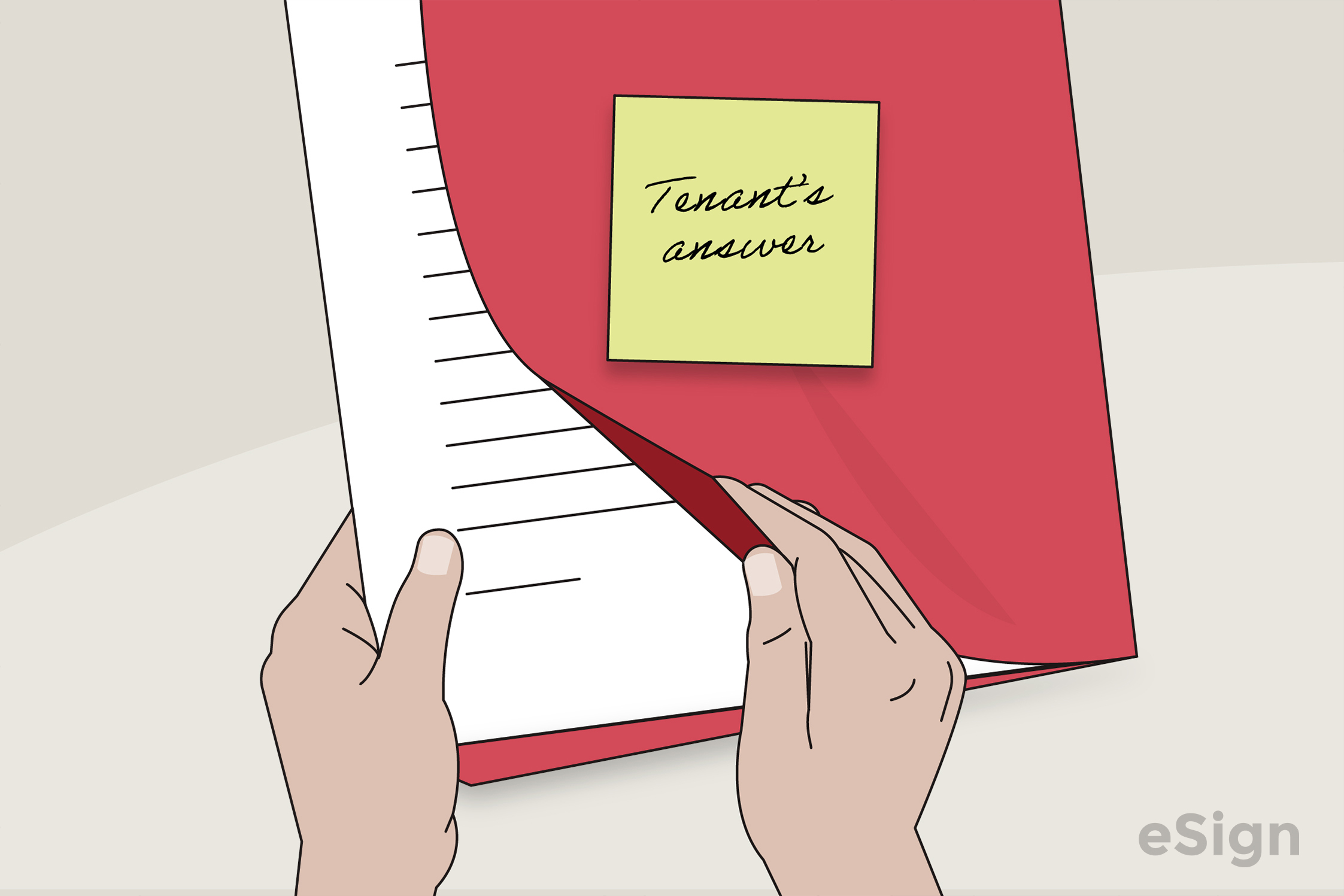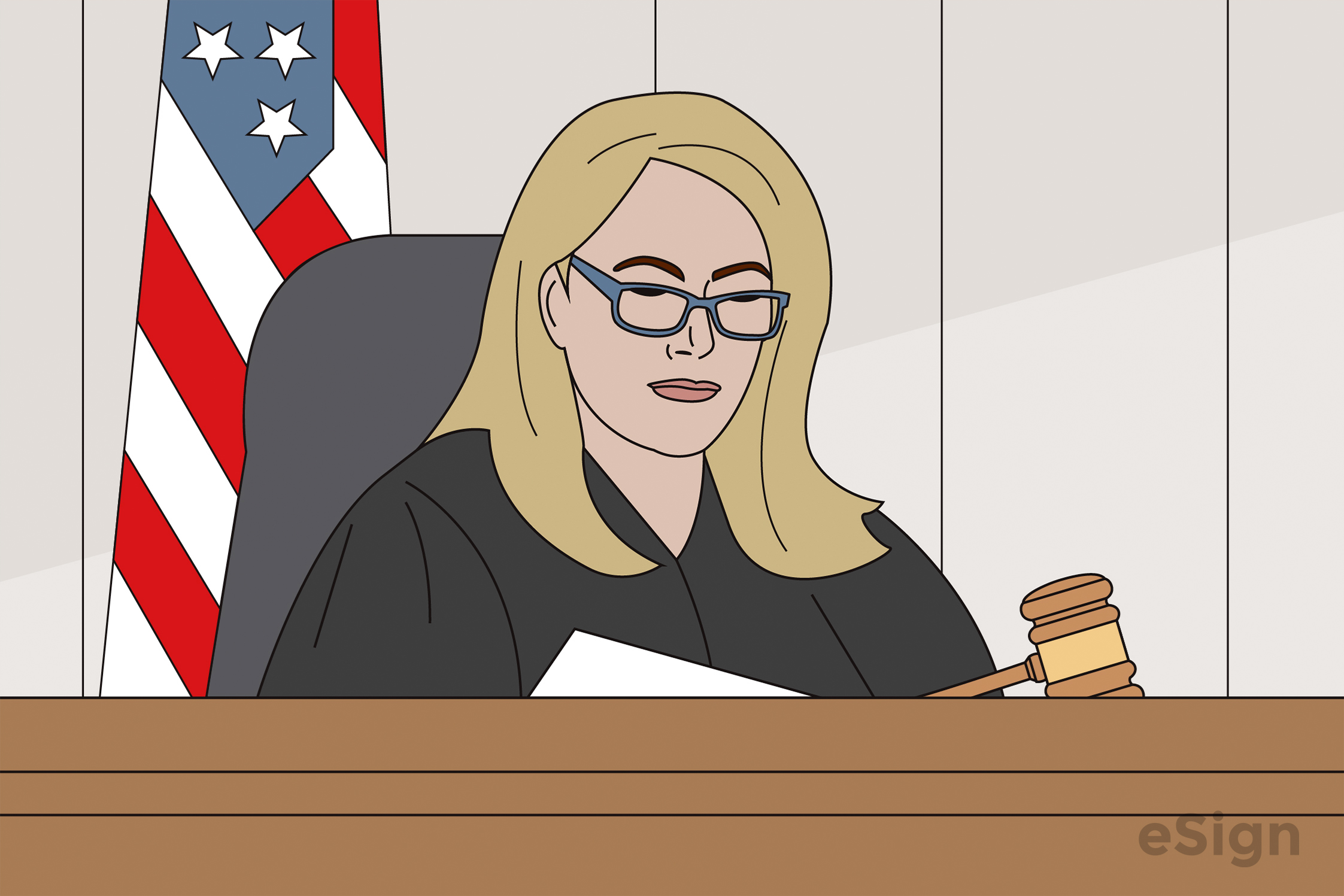Eviction Notices: By Type (4)
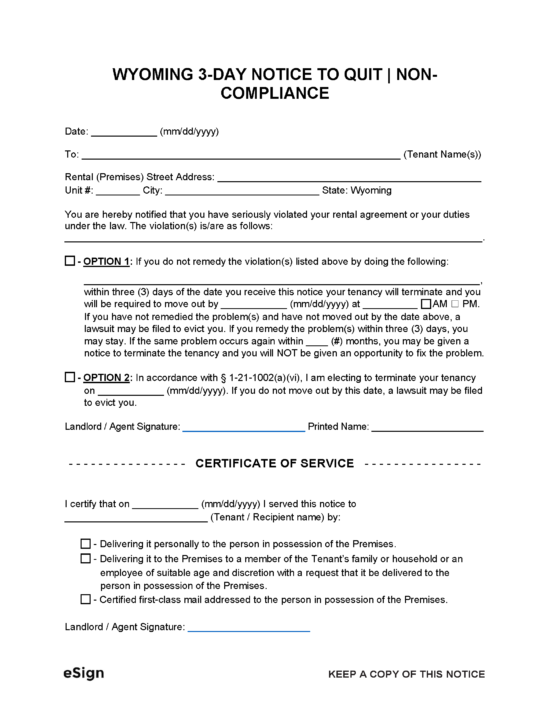 3-Day Notice to Quit | Non-Payment – Used for tenants who are at least three days late on rent. 3-Day Notice to Quit | Non-Payment – Used for tenants who are at least three days late on rent.
Download: PDF, Word (.docx), OpenDocument |
 3-Day Notice to Quit | Non-Compliance – Notifies a tenant they’ve violated their lease (other than non-payment of rent). 3-Day Notice to Quit | Non-Compliance – Notifies a tenant they’ve violated their lease (other than non-payment of rent).
Download: PDF, Word (.docx), OpenDocument |
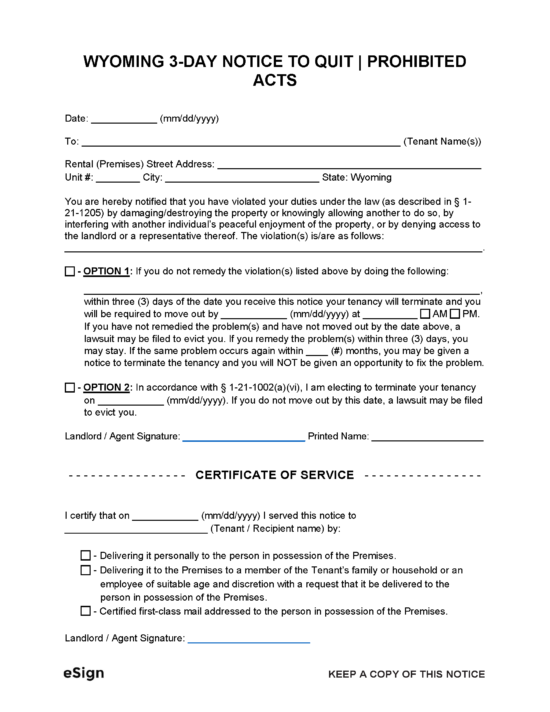 3-Day Notice to Quit | Prohibited Acts – Used to evict a tenant who has engaged in prohibited acts. 3-Day Notice to Quit | Prohibited Acts – Used to evict a tenant who has engaged in prohibited acts.
Download: PDF, Word (.docx), OpenDocument |
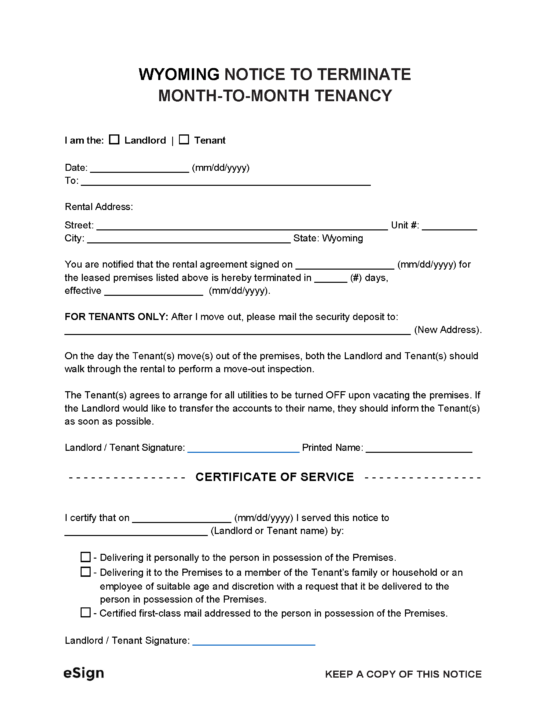 Notice to Terminate | Month-to-Month Lease – Terminates a periodic or month-to-month tenancy. Notice to Terminate | Month-to-Month Lease – Terminates a periodic or month-to-month tenancy.
Download: PDF, Word (.docx), OpenDocument |
Notice Requirements
How to Evict a Tenant in Wyoming
Step 1 – Notice to Quit
If a tenant violates their lease, the landlord must serve a notice to quit and allow at least three days for the tenant to leave the premises before filing an action in court. The notice may be delivered to the tenant directly, or visibly posted at their residence or workplace.
If the notice includes a way for the tenant to resolve the issue, and they do during the notice period, they must be permitted to stay.
Step 2 – Summons and Complaint
Step 3 – Tenant’s Answer (optional)
Step 4 – Trial
Step 5 – Writ of Execution/Restitution
Court Forms + Resources
Forms
- Answer to Complaint for Forcible Entry and Detainer
- Signed by: Tenant
- Complaint
- Signed by: Landlord
- Summons
- Signed by: Court Clerk
- Writ of Restitution/Execution
- Signed by: Judge
Resources



